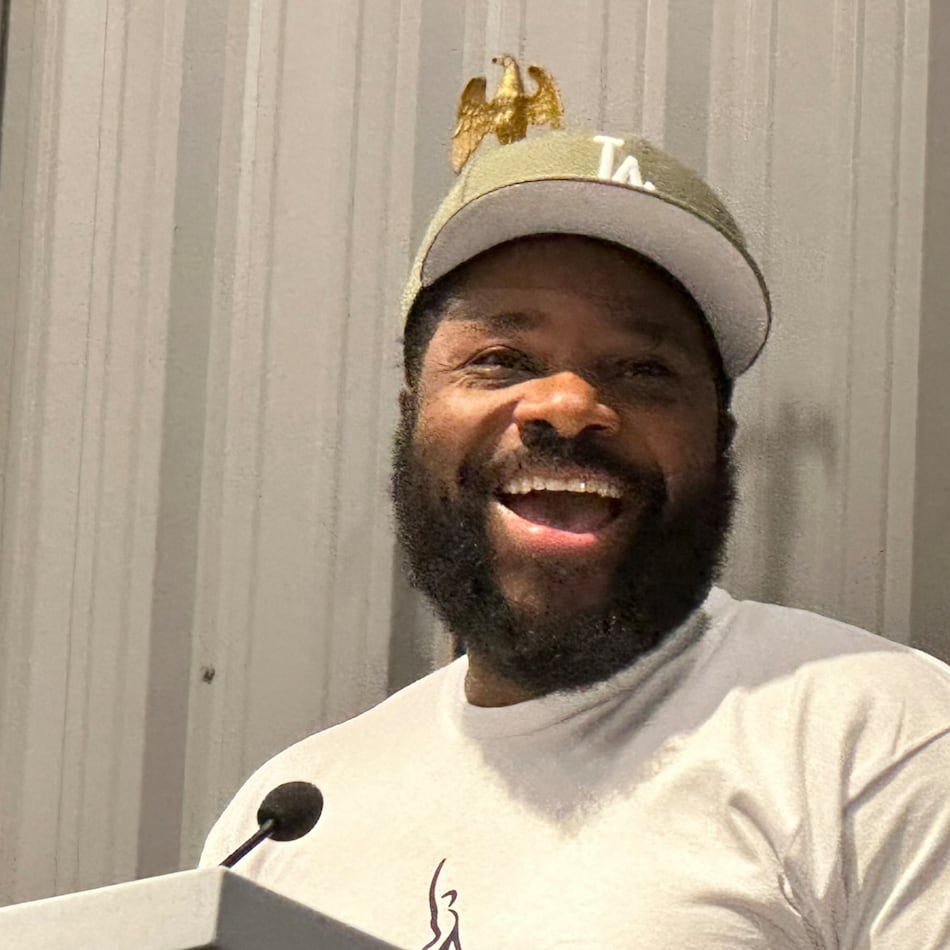In June, 18,000 students, educators, and industry leaders converged in Atlanta for the SkillsUSA National Leadership & Skills Conference, the largest career and technical education, or CTE, student event in the country.
Last year’s energy was electric. This year was even bigger, with more young people exploring skilled career pathways over traditional college degrees.
The younger generation is realizing that a four-year degree isn’t for everyone, and sitting on the sidelines isn’t the answer. A third path is gaining visibility: skilled trades. These hands-on, high-paying jobs are rooted in purpose, resistant to outsourcing or AI, and students are taking notice.
The timing couldn’t be better. The skilled workforce gap is growing. For every five tradespeople retiring, only two take their place. That’s a gap we can’t afford to ignore because skilled trades are the human infrastructure behind America’s physical infrastructure. From roads to energy, skilled workers make it happen — safely, efficiently and sustainably.
Strengthening skilled trades means strengthening the backbone of our country. The good news? We’re not just talking — we’re taking action.
Bipartisan cooperation focuses on workforce readiness
Credit: hand
Credit: hand
At the “State of the Skilled Trades” gathering recently, hosted by the Skilled Careers Coalition, I witnessed education and industry stakeholders, including key partners SkillsUSA, TikTok, John Deere and others, unite around our shared mission to close the skilled labor gap. This cross-sector collaboration is essential to breaking silos and creating clear career pathways.
Industry leaders aren’t the only ones involved. The coalition engaged Georgia policymakers and facilitated their remarks. Staff representing Sen. Raphael Warnock, D-Ga., and Rep. Lucy McBath, D-District 6, attended, demonstrating strong bipartisan and bicameral support.
Several Georgia lawmakers are leading on this issue, including Reps. McBath and Rick Allen, R-District 12, both members of the House Education and Workforce Committee.
Representative McBath reintroduced her Youth Workforce Readiness Act to support after-school programs focused on career development. Rep. Allen has long championed efforts to connect students with high-quality career options. “Our economy is only as strong as our workforce,” he said in a video address. “The No. 1 issue I hear from local business leaders is the inability to find skilled workers.”
U.S. Secretary of Labor Lori Chavez-DeRemer shared a video address with SkillsUSA conference attendees, previewed earlier at the stakeholder gathering. She said the administration has “set an ambitious goal of hitting 1 million new active apprentices nationwide, reflecting our shared commitment to expanding career and technical education” and emphasized the need to “collaborate and close the skilled trades gap.”
Help students visualize their future through eyes of their peers
We’re grateful for policymaker support, but legislation and strategy meetings are only part of the solution. Students can’t pursue opportunities they don’t know exist. Raising awareness is as important as expanding access.
Our research with the American School Counselor Association found that while many students are interested in the trades, few know how to begin. Thankfully, older Gen Zers are choosing skilled careers, earning the nickname “the toolbelt generation.”
Today’s young creators are stepping up. On platforms their peers trust, like TikTok, YouTube and Instagram, they’re highlighting the trades, connecting with mentors and opening doors to meaningful work. In a crowded digital world, it’s refreshing to see skilled careers and STEM rising in the feed.
At the Georgia World Congress Center, aspiring skilled pros competed in challenges from robotics to construction during the SkillsUSA Championships. We followed their journeys on SkillsJam, the youth-driven content channel from Skilled Careers Coalition — hosted by Ty Pennington — showcasing how these students problem-solve, persevere and succeed as a team.
As the father of a junior high school student, I know the best way to reach young people is often by letting them see what’s possible through the eyes of their peers. When educators, employers and lawmakers work together to build clear pathways, students can visualize a future.
Not every student needs college, but we can’t let them drift without direction or appreciation for their skills. Skilled careers offer gateways to financial freedom, entrepreneurship and lifelong satisfaction. Now we need the vision and coordination to connect students with opportunities.
Here’s how adults can help young people find their way
If you’re a skilled professional, share your story. Mentor a student. Partner with a local CTE program or employer. Your influence matters more than you know.
If you’re a parent, talk to your kids about this third path. Visit a career and technical school. Find a SkillsUSA chapter — volunteer, attend events or offer support. Explore apprenticeship programs.
The momentum we’re seeing is proof of what’s happening nationwide. Our hope is that the traction gained in Atlanta helps carry it forward. Let’s equip the next generation to build the future, not just inherit it.
Mark Hedstrom is the executive director of the Skilled Careers Coalition, an initiative focused on rebuilding the great American workforce.
About the Author
Keep Reading
The Latest
Featured


